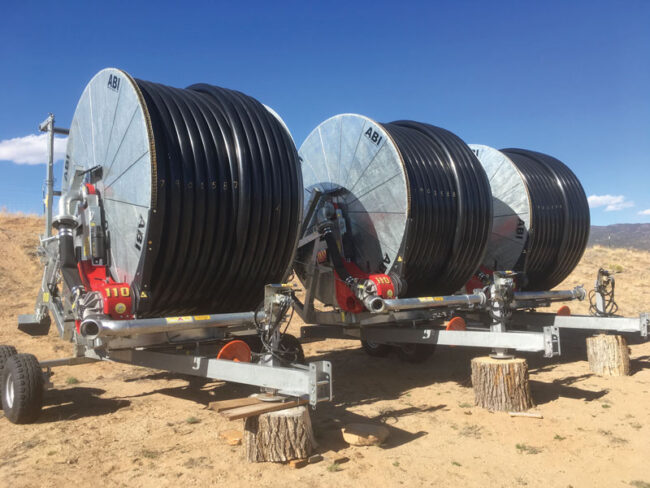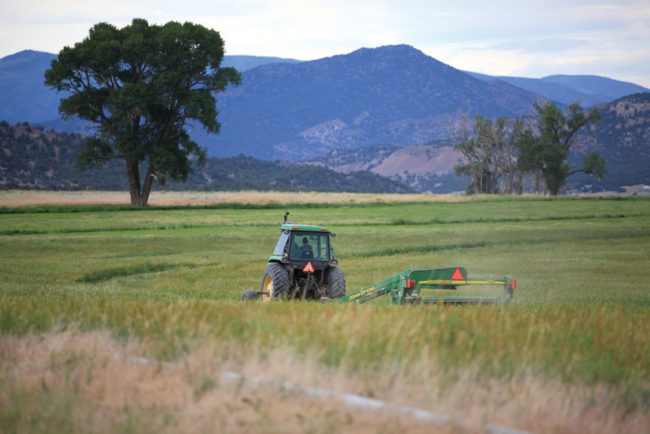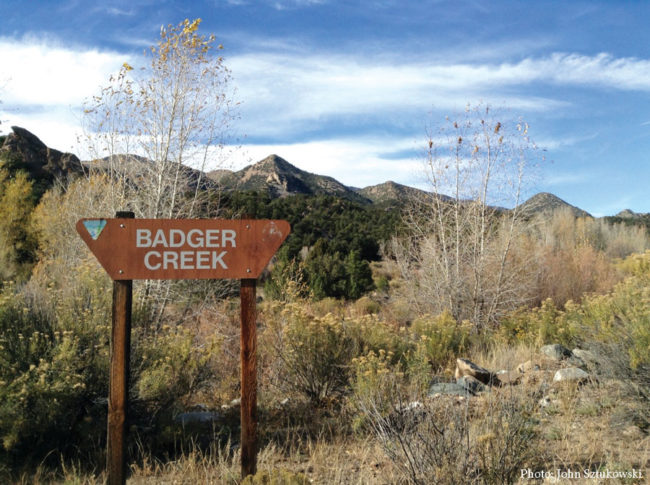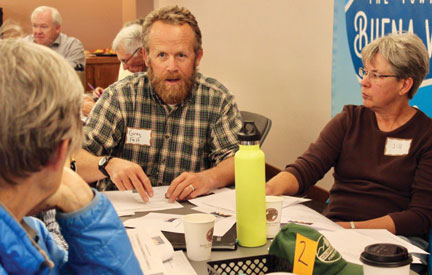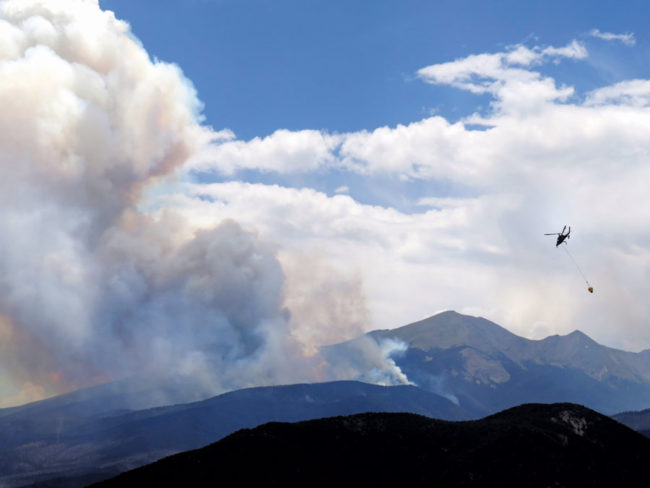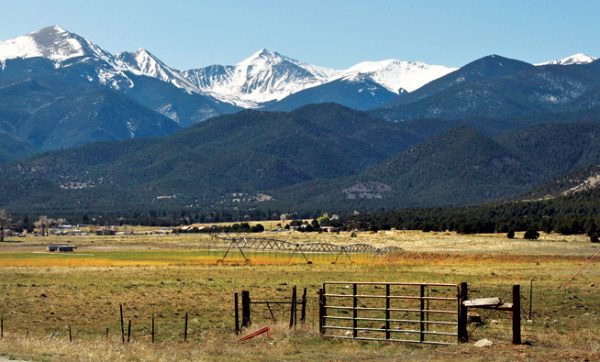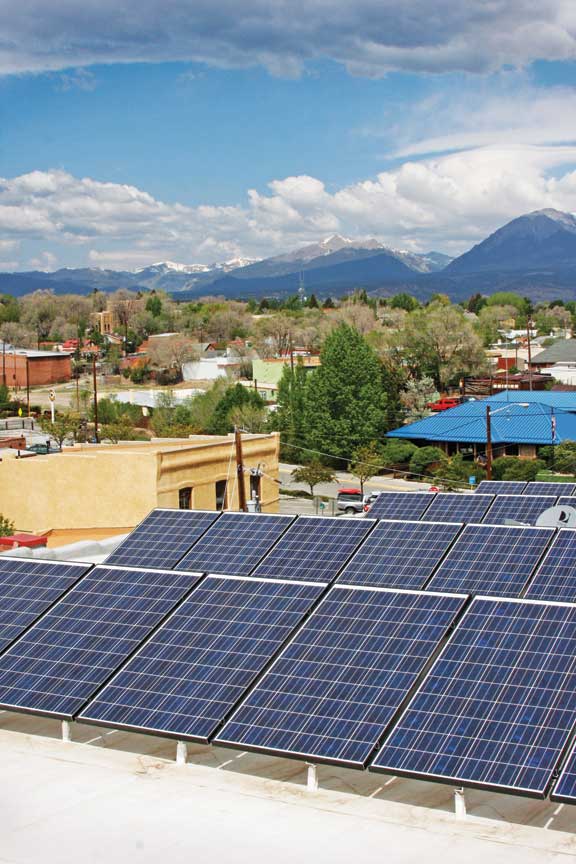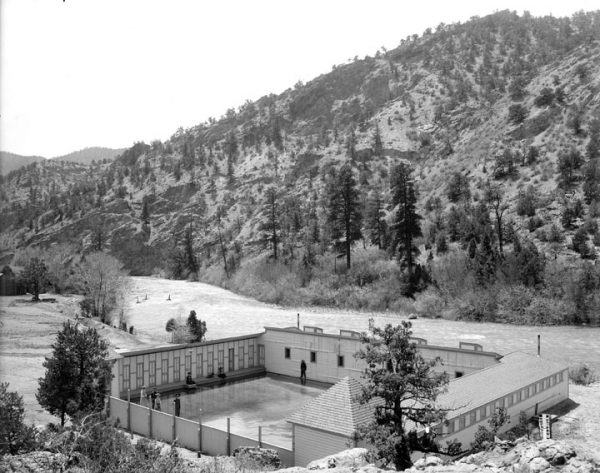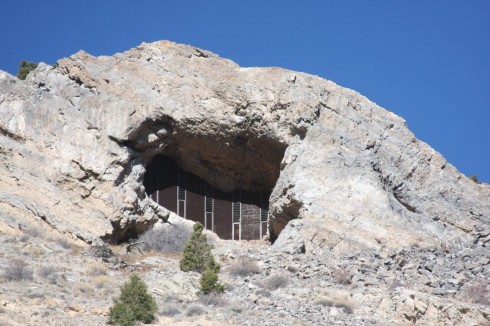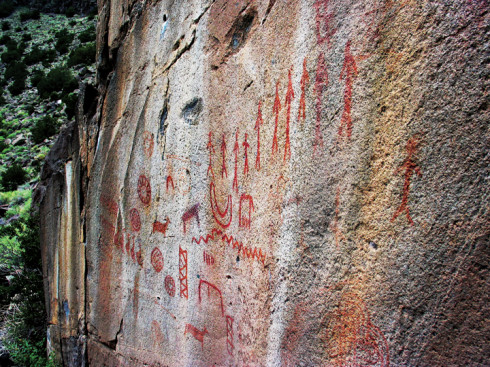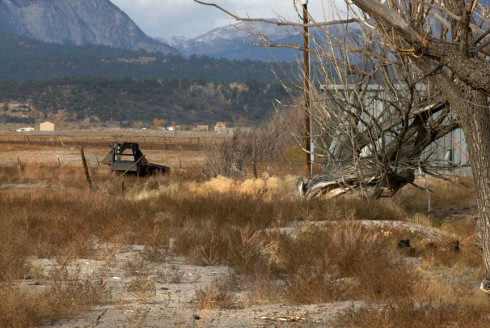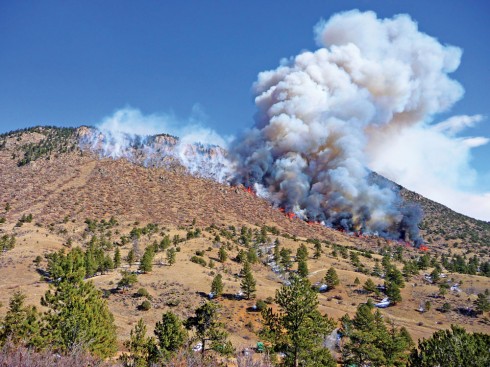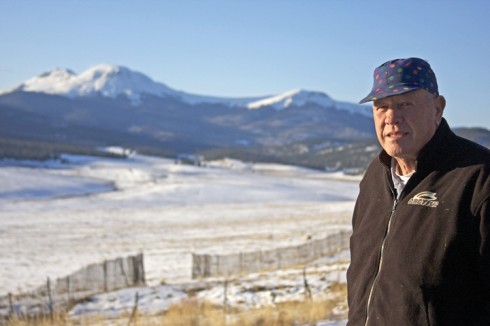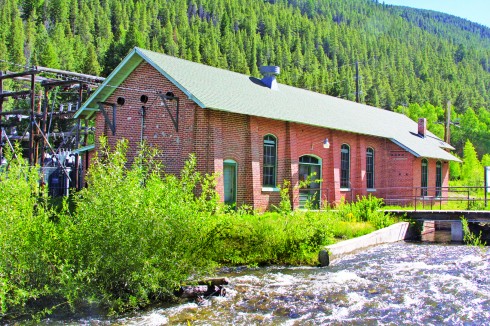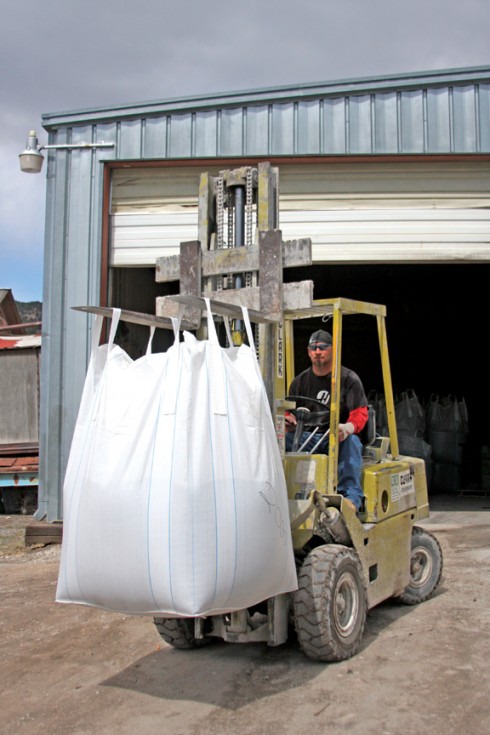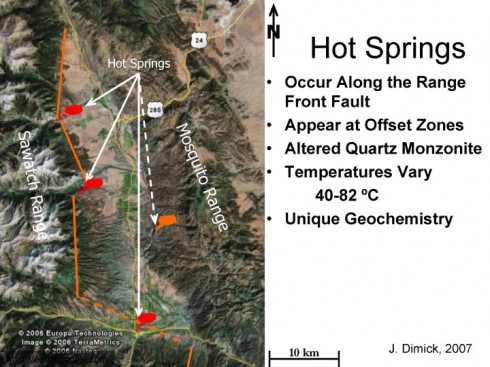By Ron Sering Editor’s note: This article is a follow-up to one written in our January/February 2013 issue. The long journey for the area near Nathrop known as Hill Ranch began in 1886, when irrigation rights were first established for use in agriculture and ranching. Exactly a century later, the Hill family sold the rights to Western Water Rights LLC, a water broker. Water brokers are what the name implies: they acquire water rights and sell them as commodities. The rights, totaling nearly 1,900 acre-feet and fed by six different ditches, were subsequently sold to the fast-growing Pueblo West Metropolitan…

